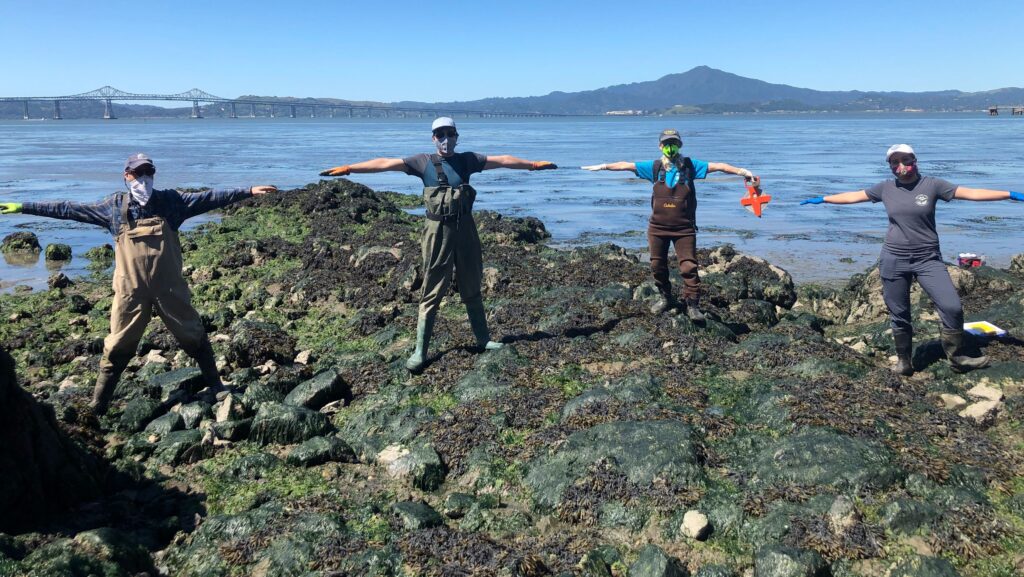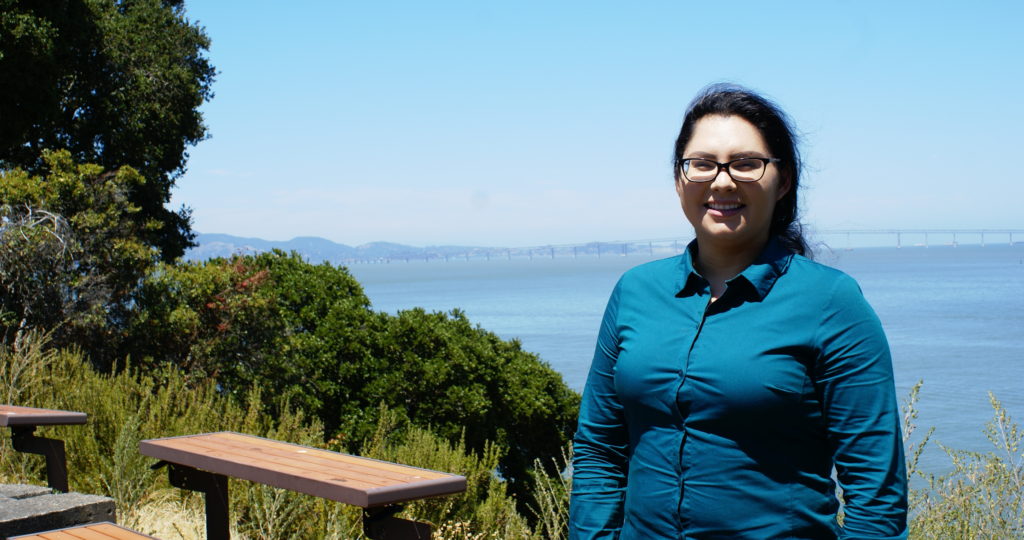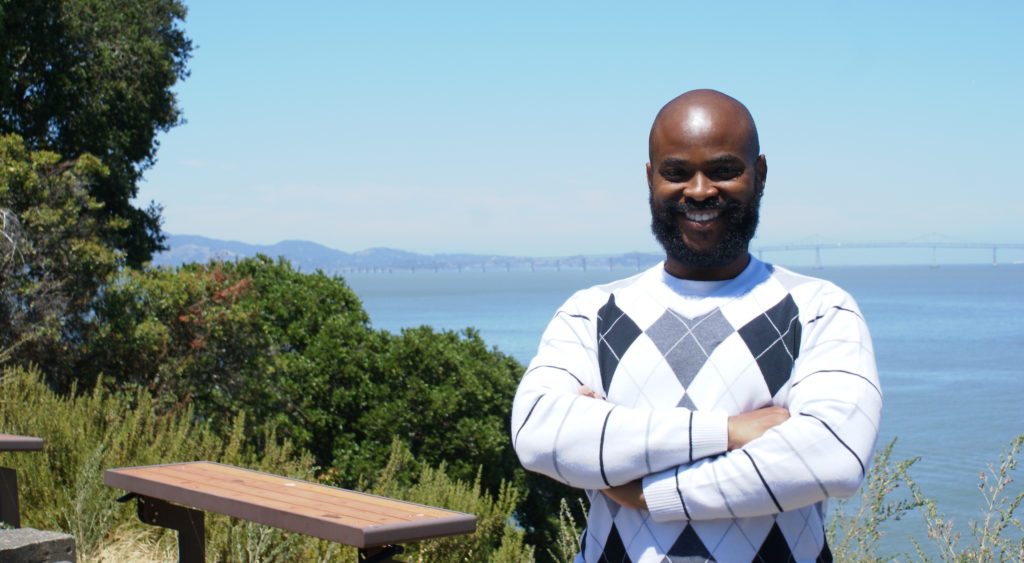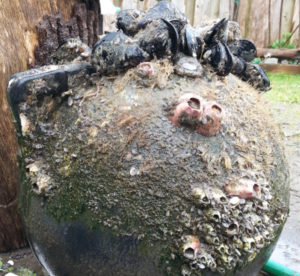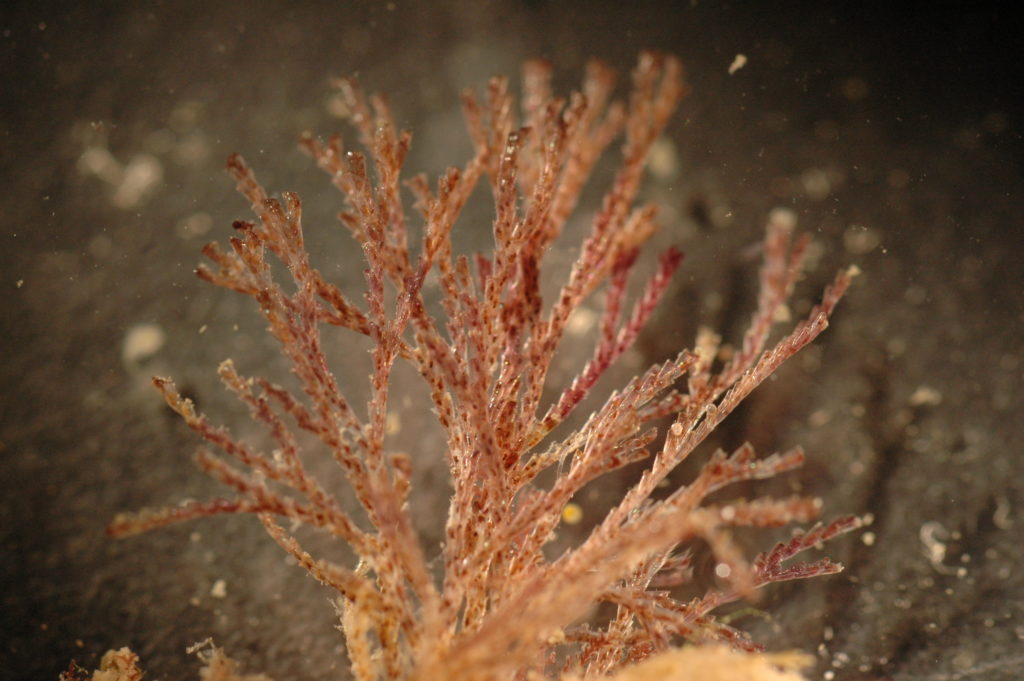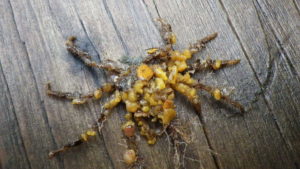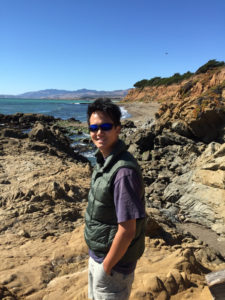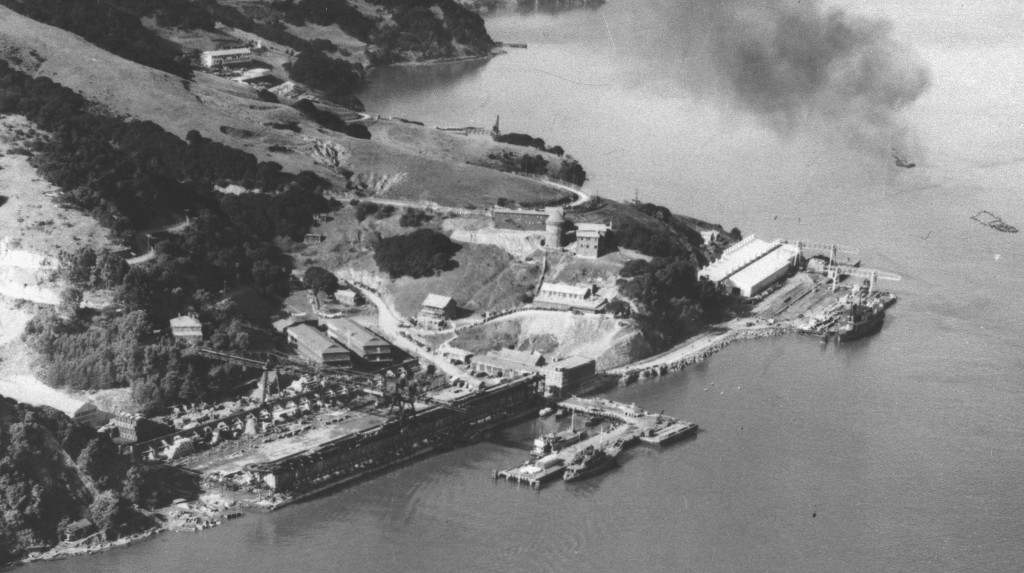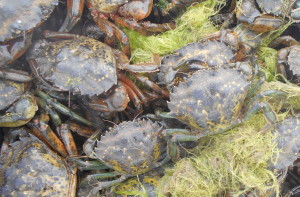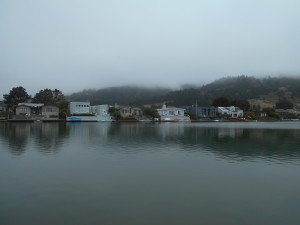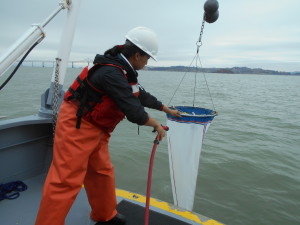by Marissa Sandoval
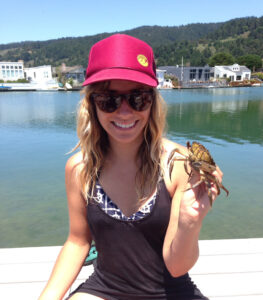
Julie Gonzalez, a graduate student at the University of California, Davis, holds up an invasive European green crab. (Credit: SERC)
In an artificially created estuary near San Francisco Bay, called Seadrift Lagoon, a very real problem arose when European green crabs (Carcinus maenas) arrived in the 1990s. After taking up residency, the invasive species population grew immensely as the crabs feasted on Dungeness crabs, clams, and oysters—a grim problem for the native animals and migratory shorebirds that rely on them.
The stark situation demanded major intervention. In 2009, researchers from the Smithsonian Environmental Research Center (SERC)’s Marine Invasions Lab, the University of California, Davis, and Portland State University partnered to eradicate the local European crab population through intensive trapping.
But their efforts accidentally led to even more green crabs. Now, over a decade later, the teams who addressed the problem head-on have published a paper in the Proceedings of the National Academy of Sciences on what they learned from a conservation effort gone awry. Led by Ted Grosholz of the University of California, Davis, the new study advocates for major caution when working with invasive species whose life history is similar to European green crabs. Click to continue »


